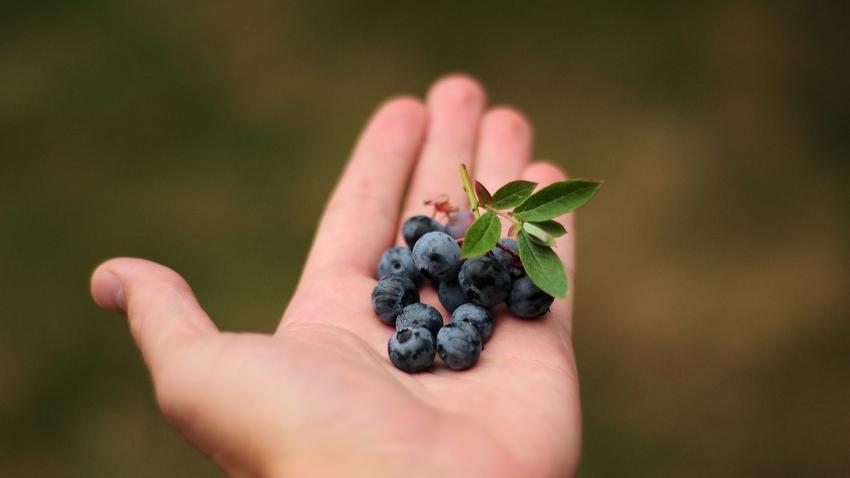You are here
Back to topChilean Blueberry Exports Rise as Peak Season Arrives

The Chilean blueberry season may have gotten off to a slow start this year with somewhat low volumes in August, but the overall export volume for the 2020–2021 season is anticipated to be 2% higher than the previous season.
According to the Chilean Blueberry Committee’s weekly crop reports, Chile’s blueberry exports began to pick up from November 2020 onwards, with weekly exports exceeding 1,000 tons for the first time in week 46 (Nov. 9–15). With the arrival of peak harvest season in December, exports rose significantly, reaching totals of 11,649 tons in week 50 (Dec. 7–13) and 10,755 tons in week 51 (Dec. 14–20). Since then, export figures have remained steady at 9,000+ tons per week in weeks 52 and 53 of 2020 and week 1 of 2021. Substantial volumes of Chilean blueberries are expected to be available for export throughout January and February.
In China, the Chilean blueberry import season began with air cargo deliveries from late September, with the first sea shipment of Chilean blueberries arriving in Shanghai on Nov. 12.
Experts have predicted a good 2020–2021 season for Chilean blueberry exports as a whole, with volumes expected to be comparable to last year’s. The Chilean Blueberry Committee, which is composed of Chile’s main blueberry exporters and linked to the Chilean Fruit Exporters Association (ASOEX), is projecting that total fresh blueberry exports in the 2020–2021 season will reach 111,500 tons — 2% higher than last season.
This estimate has yet to be attained — as of week 1 of 2021, ending on Jan. 10, the cumulative export volume for this season had reached 66,441 tons, which is still 2.2% less than the 67,926-ton export total this time last season. The lower figure to date is largely attributable to cooler daytime temperatures delaying the maturation of the berries. Harvests have also been limited somewhat by labor shortages, which were exacerbated by competition with other fruits such as cherries in December and early January. However, temperatures in Chile’s Central Zone picked up in December, accelerating the pace of ripening and harvesting. Labor availability is also expected to increase as the cherry season draws to a close. As export volumes remain high over the coming weeks, the gap between this year’s and last year’s export volumes is expected to close.

Chile is the world’s number one blueberry exporter and currently has 15,601 hectares planted with highbush blueberries, 17% of which are organic. Although North America and Europe remain Chile’s biggest blueberry markets, Asia’s market share is rising rapidly. In the 2018–2019 season, Asia accounted for 12% of Chile’s blueberry export volume, a significant increase over the 3% of ten years prior. In the 2019–2020 season, that figure rose even further, with Asia representing 15% of Chile’s blueberry exports, a year-on-year increase of approximately 20%.
Statistics indicate that these rising volumes of Chilean blueberry exports to Asia can be ascribed in large part to Chinese demand. Over the past three seasons, China’s import volumes of Chilean blueberries have been steadily growing, with total import volumes of 9,696 tons in the 2017–2018 season and 9,938 tons in the 2018–2019 season, followed by a 21.7% increase to 12,907 tons in the 2019–2020 season. This season, to further the promotion of Chilean blueberries, the Chilean Blueberry Committee held a launch ceremony at the Haiguangxing wholesale market in Jiaxing in December 2020, followed by workshops at three different fruit wholesale markets throughout January — the Wanbang market in Zhengzhou, the Shuangfu market in Chongqing and the Hongxing market in Changsha. Further updates on the Chilean blueberry export season will be published by Produce Report over the coming weeks.
Images: Chilean Blueberry Committee















Add new comment